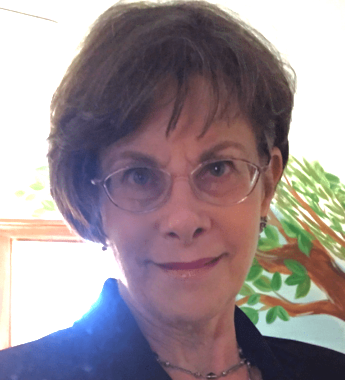By Rabbi Laura Metzger
Maybe the sun is shining while you are reading this. Maybe not. It’s raining today as I write. All the past week, the sun has remained muted behind a scrim of gray. The days have been alternating between frigid and soggy. The energy is sapped out. Like the bears and squirrels, warmth and vigor are hibernating and will return, eventually.
It’s easy to feel exhilaration after a hike to the top of a sunny trail, not so much after a slog in the dismal cold.
One can sink into it, turn on the television, burrow into that deep couch and try to wait it out. As Irish poet John O’Donoghue wrote:
This is the time to be slow,
Lie low to the wall
Until the bitter weather passes.
One can resist the sleepy pull to hunker down, and stride out with purposeful pride. Long walks are good for perking up one’s energy. After all, as the Danes say, there is no bad weather, only inappropriate clothing.
One can ditch the whole scene and, like hummingbirds, head south for the winter. Seek the sun and revel in it. If you can. While you can.
I’ve tried them all. Each has its satisfactions. I propose, though, another approach – finding the holiness.
When you go outside, look up. The trees have shed their veil of leaves, and now the bared branches let us see the sky. It might be gray today, but the sunlight is dimmed, not gone.
The earth as it is in winter seems cold. It is cold. It seems barren, but that it is not. Cold earth, snow covered or sheltered by dead leaves and brush, protects seeds that fell during the autumn or were buried and forgotten by burrowing animals. Those very seeds hold the germ of growth. After a chilling season, with spring rain, they will swell and sprout. Some will survive and grow. Life is there, waiting, preparing. Holiness is there, if you see it, if you look for it, if you recognize it.
This winter month – January in common parlance, Sh’vat in Jewish time – holds another opening to holiness. If, while walking, you look closely at the branches, you’ll see buds at the tips. Those fuzzy little pointed ovoids are waiting, ready for the days to lengthen, when they will push open and invite the sunlight in, and as the weather warms, they will blossom.
And if going outside is too burdensome, the Jewish calendar itself will let us know the trees are preparing for spring. Tu Bishvat – January 25 this year – comes just as the sap begins to rise in the trees. Scientifically accurate or not, that’s what Rashi says and I choose to accept and celebrate it. Yes, that first hint of spring begins in the depths of cold, gray winter. Though we cannot see it, life stirs, prepares, rises.
I’ve said and taught that religious experience isn’t in the poetry of the prayer or the beauty of the sunrise. It’s in our interaction with them. The prayerbook isn’t the prayer; it’s a route to prayer. The sunrise is a miracle only when you gasp in awe at seeing it.
So to take us one step farther along in finding the holiness, we can reach outward, connect. Margaret Renkl wrote in her New York Times column this month:
To make it through the gathering disquiet, I will need embodied connection…I will need to seek comfort in the warmth of others this year. Whenever the cold creeps in, wherever the dark night pools, I will need to look for others. I will need not pixels but voices. Not distances but reaching hands.
And there we have it. The holiness, the healing of wholeness, is there if we look up toward the sky, gaze deep into what the earth holds, and reach out to other humans in shared need and warmth. Connection and the realization that we can connect, that’s where holiness waits. In winter. And really all the time.
Rabbi Laura Metzger is a wise elder, micro-farmer, and pen-and-ink artist





